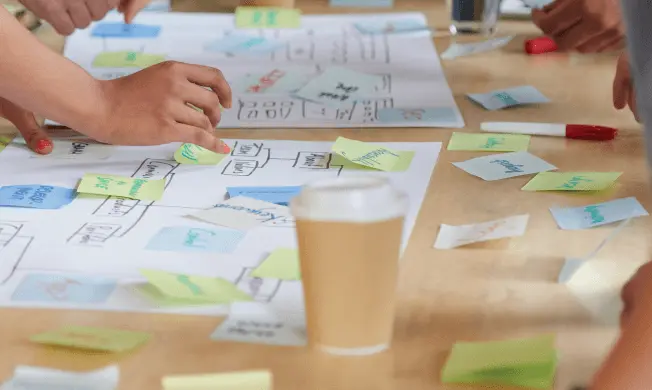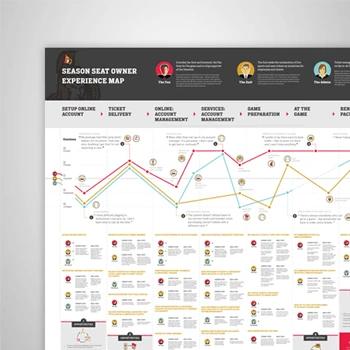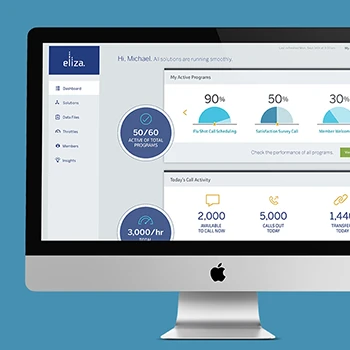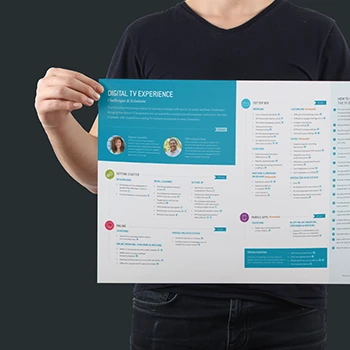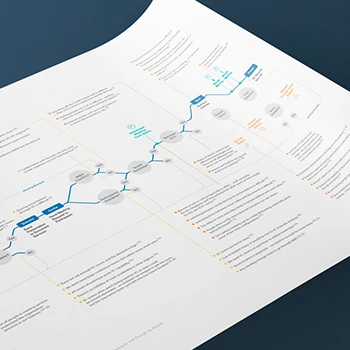Service Strategy PDF
Ensure that your service delivers high-quality interactions in all aspects of the customer's experience with your organization.
Service Blueprinting PDF
See your service experience through the customer’s eyes to gain invaluable insights into the experience effectiveness.

